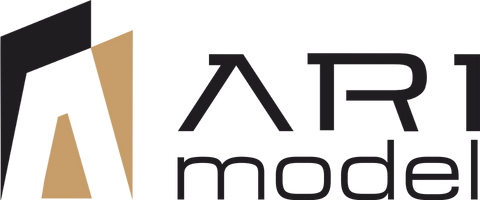We continuously create models to produce reproductions and replicas of various objects, including buildings, cars, and even commercial products. A model represents the real object by focusing on its essential aspects, whether it's functionality, beauty, or durability.
Models are crafted to solve issues in product production or building construction. We always employ models to introduce an object, tool, or device even before it's been fully designed. A model serves to previsualize the design and communicate ideas to the audience and the public.
What types of models do we produce?
We serve the major architecture industries worldwide. We replicate buildings at specified scales, meticulously copying all architectural features of the actual structure. Such models aid architects in validating their designs for building permits.
Models are also extensively used for prototyping. They allow monitoring the design of a prototype or technological concept by simulating interactive features. Many engineers employ models during their product development processes.
What steps do we follow in creating a model?
Building a model can be time-consuming, depending on the required processes. A model involves various materials, ranging from paper and cardboard to plastic and metal. Models differ in characteristics such as hardness, softness, and weight.
We frequently utilize wooden models, as wood is better suited for cutting and engraving processes. Detachable parts can facilitate construction and allow for modifications. In industrial and prototype models, iron is often employed.





